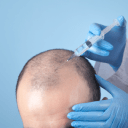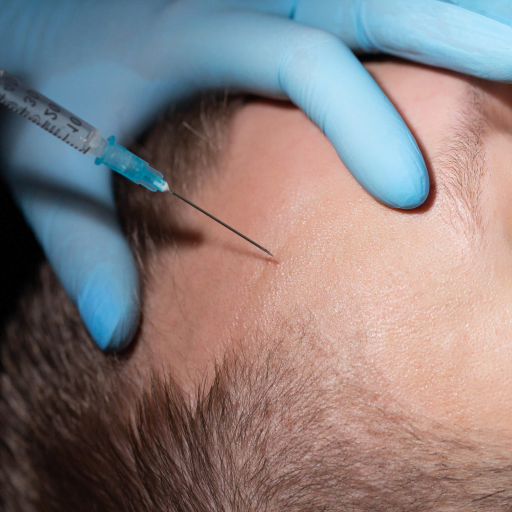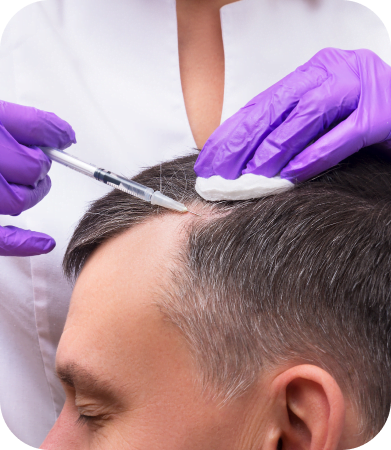Platelet-Rich Plasma (PRP) for Hair Loss
Conveniently located to serve the areas of Fort Worth, Dallas, Arlington, Euless, Bedford, Hurst, Denton, and North Texas.
There are various hair loss treatments with different levels of reliability and success. One of these treatments is platelet-rich plasma (PRP).
Platelet-rich plasma (PRP) is a substance extracted from your blood and injected into hair follicles from where your hair grows. PRP is drawn from your blood using a centrifuge-like mechanism that can separate the substance from your blood and increase the concentration of specific proteins that stimulate healing.
Platelet-rich plasma (PRP) treatment is a kind of regenerative medicine that can support your body’s healing properties and enhance the natural growth factors your body uses to heal tissue. Research suggests that PRP injections can help treat androgenic alopecia (male pattern baldness). Since PRP treatments use patient’s tissues, they are considered safe and can be conducted alone or used in conjunction with other cosmetic procedures.
At The Hair Transplant Center – Fort Worth, we mostly perform PRP therapy in combination with FUE hair transplant surgery. We also offer stand-alone PRP treatments for hair loss.
Let’s get into what PRP treatment is, how it is performed for hair loss, and what results you can expect.


